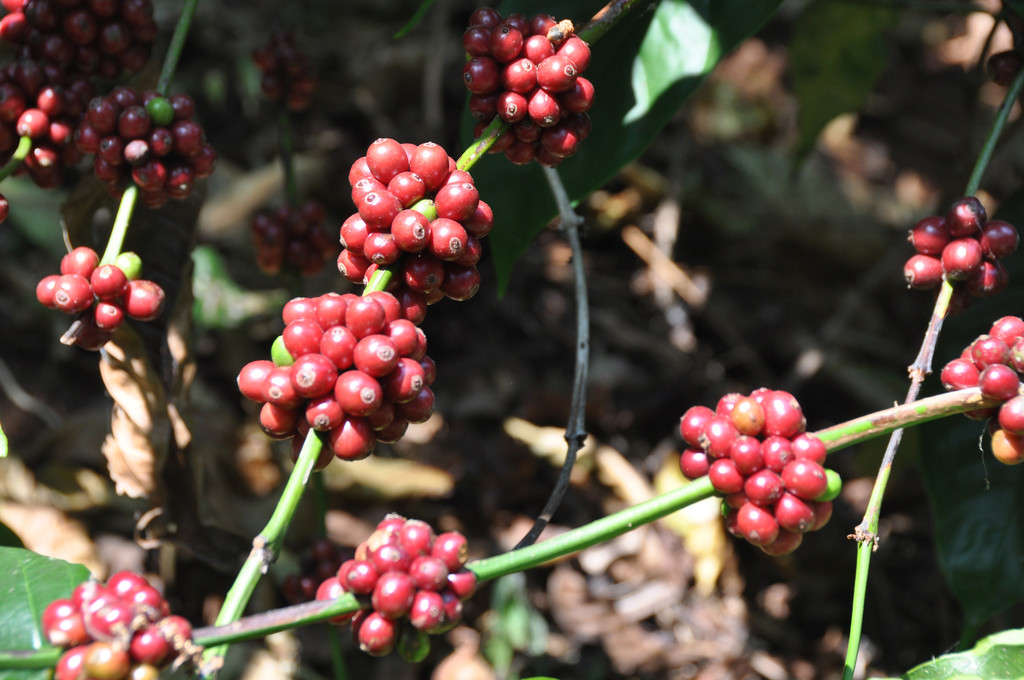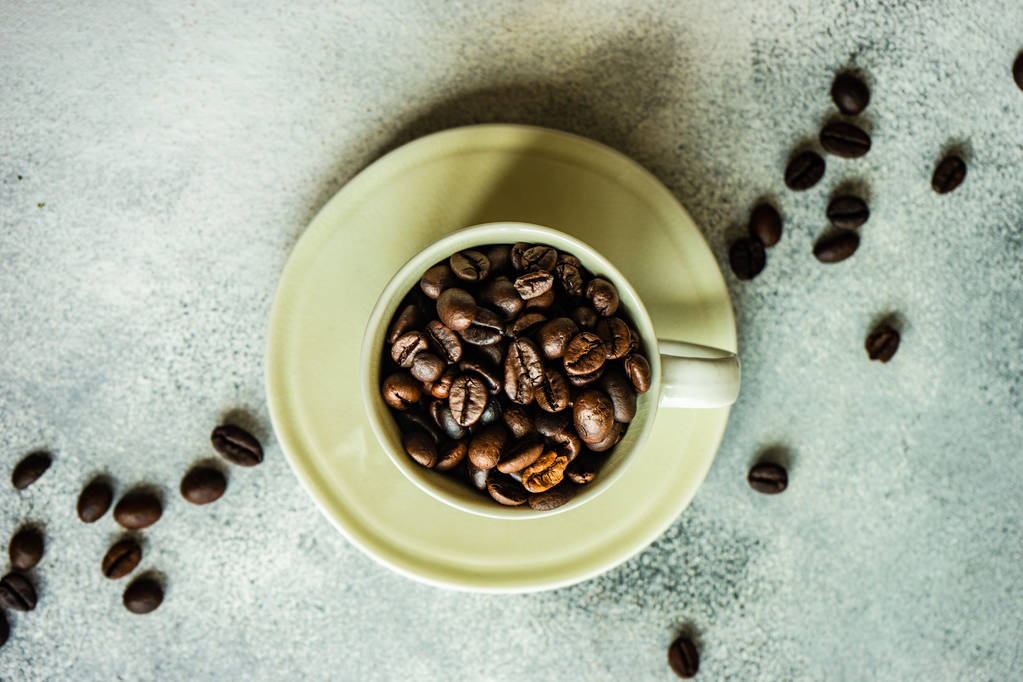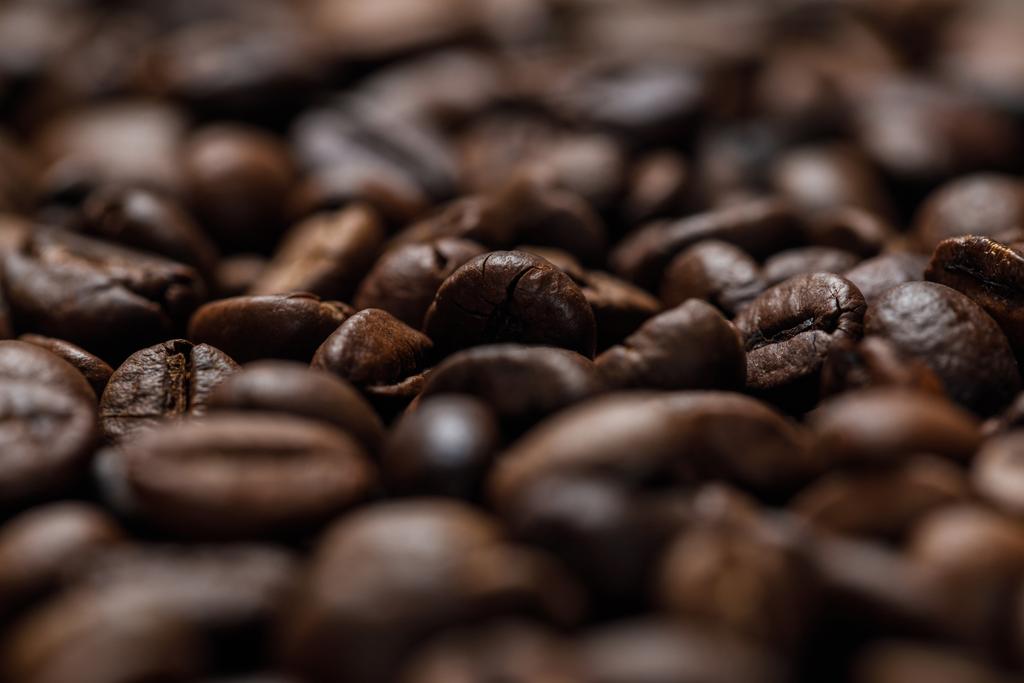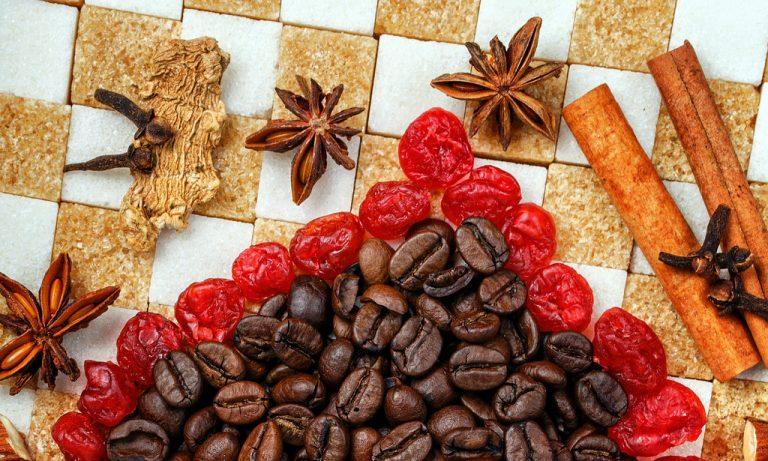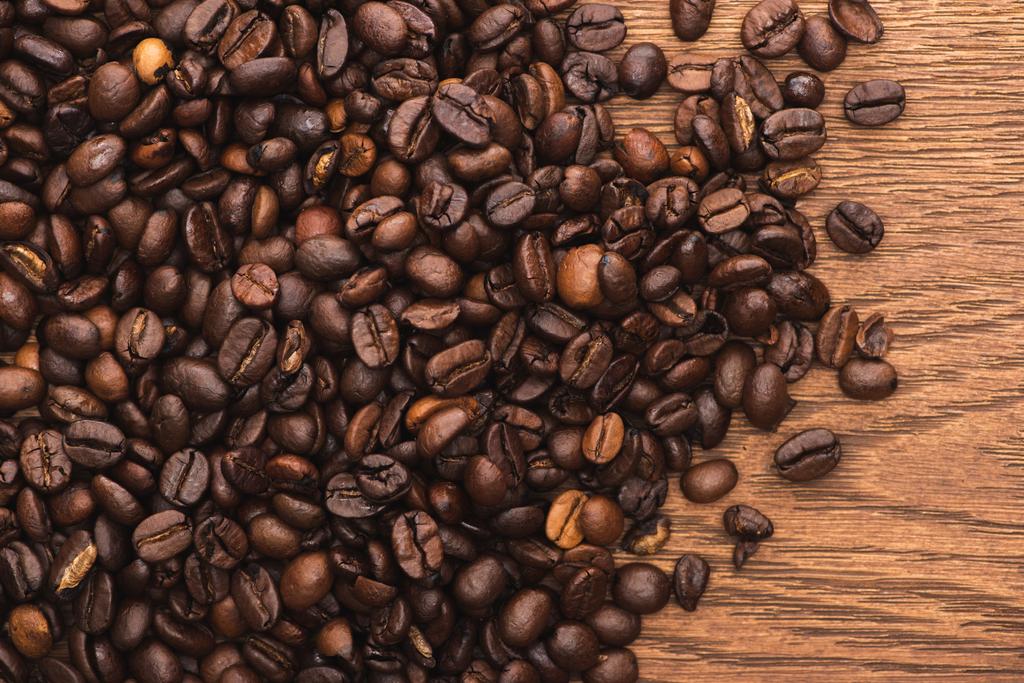Almost every household has a washing machine, but delicate items of clothing are often unsuitable for this. What now? Do you go to the dry cleaners or do you prefer to wash by hand?
What temperature for handwashing?
Hand washing is not as complicated as you might think at first glance. And you don’t need a tumble dryer to get your favorite pieces back in shape. It doesn’t matter whether it’s your favorite jacket or an evening dress, the first thing you should do with all items of clothing is the label beforehand washing them. Because even if you don’t put your clothes in the machine, temperature specifications may have to be observed. These help you to ensure that your best piece does not shrink and that you do not bring your favorite classics out of shape by washing them incorrectly. You can easily determine the temperature with a bathtub thermometer.

The right detergent for sensitive clothing
It is best to use a washbowl or a corresponding basin, where you fill in enough water at the required temperature. Then add the detergent according to the recommended dosage. But be careful: you have to make sure that the detergent is suitable. A mild detergent is the best choice for many sensitive items of clothing. On the other hand, if the item is made of wool, you should use a wool detergent. If you need to remove stains first, you can treat them with cold water or a suitable stain remover. Please also note our tips for removing make-up stains with the effective gall soap.
Hand wash instructions
Once you have found the right temperature and detergent for your hand wash, you can begin. To do this, choose a bucket suitable for the laundry or wash larger items by hand in the bathtub. You should proceed as follows so that everything works perfectly:
Step 1: Soak
You now put the garment completely into the soapy water and move it back and forth a little. Be careful not to twirl, rub, or scrub, as this will distort the delicate fabric fibers. Now wait about 30 minutes and let your clothes soak. If stains are still visible afterward, add more warm water and extend the time. Here, too, make sure that you do not exceed the maximum temperature on the washing label.
Step 2: Rinse
The next step is to drain the soapy water or empty the tub. Now fill it with cold, fresh water and gently squeeze out the garment inside. Repeat this process until no more foam comes out of the fabric. The water must remain completely clear before the next step, as soap residue can cause discoloration.
Step 3: Express

After the cold water runs clear, empty the tub again and squeeze the liquid out of the fabric. Please make sure that you do not rub, twirl or even wring, as this will damage the fabric. Spread a dry towel on the floor and place your garment on it. Now you can carefully pull it back into shape. Now roll up the towel along with your clothing to draw even more moisture out of the fabric. And you’re done with the hand wash. In addition, read our guide to removing stubborn stains with lawn bleach.
Hand wash to dry properly
After you have largely removed the excess water with the towel, you can start drying the clothes. Layout a wide, dry towel on the drying rack or a table and spread out the washed clothes on it. Now you let it dry until there is no more liquid in the tissue. Make sure to turn every 2-4 hours so the garment dries evenly.






